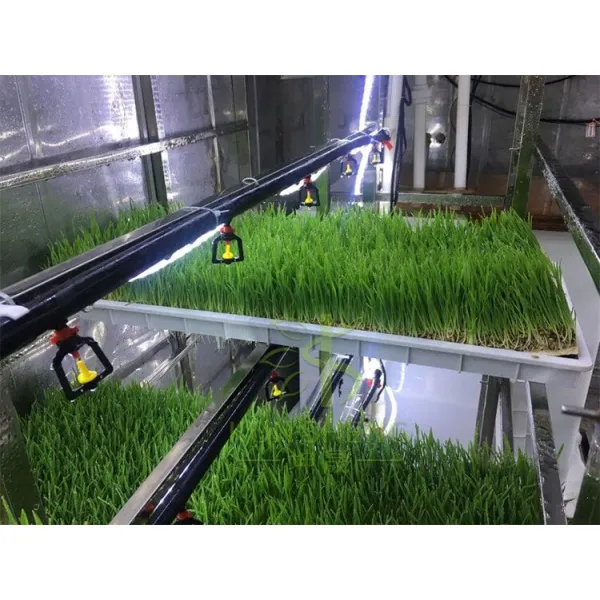What are the dimensions of a container farm?
Container farming has emerged as a revolutionary solution to modern agriculture, offering versatility, efficiency, and sustainability in a compact package. One of the most common questions that arise when considering container farms is about their dimensions. In this guide, we'll delve into the various dimensions of container farms, addressing common queries and concerns.
Understanding Container Farm Dimensions
Container farms come in various sizes and configurations, catering to different needs and preferences. The dimensions of a container farm typically include the length, width, and height of the container itself, as well as internal specifications such as growing area, ceiling height, and aisle width. Let's break down each aspect:
Length and Width: The length and width of a container farm can vary significantly depending on the type of container used and the specific design of the farm. Standard shipping containers, commonly used for container farming, typically come in lengths of 20 or 40 feet, with widths of 8 feet. However, custom containers can be fabricated to meet specific requirements, including narrower widths for space-constrained environments or larger sizes for increased production capacity.
Height: Height is another crucial dimension to consider when evaluating a container farm. Standard shipping containers usually have a height of 8.5 feet, but high-cube containers with heights of 9.5 feet are also available. The height of the container determines the vertical growing space available for crops and influences the types of cultivation systems that can be implemented, such as vertical farming racks or hydroponic towers.
Internal Specifications: Beyond the external dimensions, the internal layout of a container farm plays a significant role in its functionality and productivity. Factors such as ceiling height, aisle width, and arrangement of growing systems impact the efficiency of operations and the types of crops that can be grown. For example, taller ceilings allow for the cultivation of tall crops like tomatoes or trellised plants, while wider aisles facilitate ease of movement and maintenance within the farm.

Common Concerns and Considerations
When evaluating the dimensions of a container farm, several common questions and concerns may arise:
Space Utilization: How efficiently can the available space within the container be utilized for crop production? Maximizing space utilization is essential for optimizing yield and profitability in container farming operations.
Accessibility: Are the dimensions of the container farm conducive to efficient workflow and maintenance activities? Adequate aisle width and clearance space are crucial for accessibility and ease of operation.
Scalability: Can the dimensions of the container farm Full System accommodate future expansion or modifications? Scalability is a key consideration for growers looking to scale their operations over time.
Regulatory Compliance: Do the dimensions of the container farm comply with local building codes and regulations? Ensuring compliance with relevant regulations is essential for avoiding legal issues and ensuring the safety and integrity of the operation.
Optimizing Container Farm Dimensions for Success
To maximize the potential of a container farm, growers should carefully consider and optimize its dimensions based on their specific needs and objectives. This may involve customizing the container size, layout, and internal configurations to align with the desired production capacity, crop selection, and operational workflows.
By understanding the dimensions of container farms and addressing common questions and concerns, growers can make informed decisions and leverage the full potential of this innovative approach to agriculture. Whether you're a small-scale urban farmer or a large-scale commercial grower, Hydroponics System container farming offers endless possibilities for sustainable, efficient, and high-yield crop production.
- Previous: None
- Next: How to Turn a Shipping Container Into a Greenhouse


